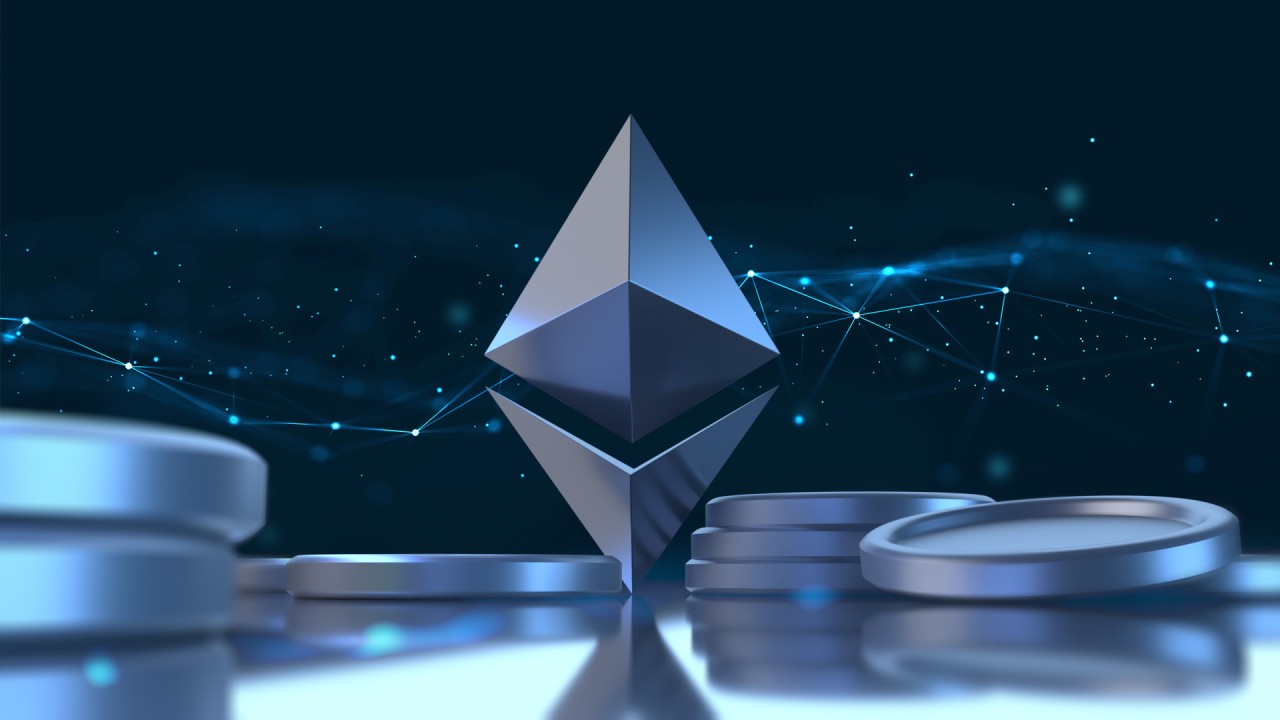What are the primary ERC token standards for Ethereum?
 Deactivated User
Deactivated User
Ethereum introduced the concept of decentralized blockchain-based applications and protocols.
Introduction
Ethereum introduced the concept of decentralized blockchain-based applications and protocols. Although Ethereum has its own ‘currency’ called ETH, which can be used in the same way as BTC, its primary use case is to serve as gas to power transactions and operations in applications and protocols built on the network. Developers of these apps can create in-app currencies or digital assets that are stored on the Ethereum blockchain. These are what we refer to as tokens, and they must adhere to specific “rules” known as ERC standards.
What are the primary ERC token standards for Ethereum?
A set of guidelines known as token standards paves the way for the creation of cryptocurrency tokens on various blockchain systems. The development, issue, and deployment of new tokens on the underlying blockchain are governed by these rules. In the case of Ethereum, these standards are called ERC20 token development (Ethereum Request for Comments) and set the rules for the tokens that can be created on Ethereum.
Each ERC token is identified by a serial number, which corresponds to the ‘request for comment’ number proposed by these standards. In addition to the three ERC standards that are most used in Ethereum, there is another very interesting new standard to follow:
1.ERC-20: First implemented in 2015, ERC-20 is the standard token that allows developers to create fungible tokens for their Ethereum-based applications or protocols. ‘Fungible’ means divisible and not unique. For example, fiat currencies like the dollar are fungible, as is BTC (1 BTC is worth 1 BTC, no matter where it is issued).
ERC-20 tokens are most commonly developed by technology-focused organizations or companies. Tokens created using ERC-20 are interoperable with each other and with compatible services across the Ethereum ecosystem. All of this makes it easier for community members and businesses to adopt and use them in a wide range of applications because everyone can create their token or digital asset without having to program it from scratch.
It is important to emphasize that although ERC-20 tokens can be easily transferred to a multitude of applications, they are not held in accounts. Tokens only exist within a contract, which is like a separate database. Therefore, users need a wallet running on the Ethereum blockchain to “see” their ERC-20 token balance;
2.ERC-721: Unlike ERC-20, ERC-721 is the standard token that allows developers to create non-fungible tokens (NFTs): ‘Non-fungible’ means that each token has a unique value and acts as a unique verifiable digital objects that cannot be exchanged with each other like ERC20 tokens.
ERC-721 tokens are often used to represent ownership on the blockchain of many items, such as physical asset contracts, digital collectibles, and digital art. Additionally, they are not redeemable for others due to their unique specifications. Simply put, the ERC-721 standard was created to satisfy the need to give uniqueness to tokens in the Ethereum ecosystem.
3.ERC-1155: Combining the best aspects of the first two standards listed above, ERC-1155 is the token standard that allows developers to create both fungible and non-fungible tokens, and introduces the innovation of being able to create tokens semi-fungible.
ERC-1155 tokens are primarily used for developing NFT games, as a single contract can be created to support multiple individually configurable token types. This type of contract significantly reduces the complexity of the token creation process, as an NFT game would require a large number of assets circulating within the system.
4.ERC-4907: Defined as the profitable non-fungible token standard, ERC-4907 takes NFT ownership to a more advanced level as it is the first to automatically retire usage rights upon expiration. With the ERC-4907 standard, the lessee can complete particular transactions with a leased NFT but cannot transfer the asset to a third party or assume full control. This is a significant breakthrough because by allowing the NTF itself more flexibility, it may enhance both the performance of the NFT owner and the tenant.
What is the ERC standards creation process?
The Ethereum ecosystem is on its way to becoming decentralized, but it still needs a core of developers to set the rules, request updates, and set standards. However, before doing this, it is required to go through the process of an Ethereum Improvement Proposal (EIP), which is a document that includes the proposed functions and processes for the Ethereum blockchain network. Once the proposal is presented, it is discussed and voted to reject it or begin its implementation. The initial paper becomes an ERC20 development standard after this procedure is accepted and finished, allowing other developers to utilize it to make their tokens.
Depending on the reason they were made, there are specific primary functions for each form of ERC token to implement. The functions, using ERC-20 tokens as an example, are as follows:
The information regarding the total supply of tokens is provided by TotalSupply;
BalanceOf: Displays the owner’s account balance;
Transfer: execute transfers of a specific number of tokens to a specific address;
TransferFrom — executes transfers of a specific number of tokens from a specific address;
Approve: Allow a spender to withdraw a specified number of tokens from a specific account;
Allocation: Returns a set number of tokens from a spender to the owner.
The above functions are mandatory. In addition, there are other optional ones, which are used to define the characteristics of a new token, such as giving it a human-readable name, setting a symbol, and specifying the divisibility of the token.
Use cases and real applications
Since their original introduction, ERC tokens have served a variety of functions and helped spur the development of several use cases and applications.
Some use cases by token type are listed below.
Stablecoins
Utility Tokens
CryptoPunks
NFT Online Gaming
Conclusion
The entire Ethereum ecosystem has proven once again that it is capable of developing increasingly efficient solutions for the creation of a completely new user-governed economy on the Internet. Since the first appearance of the ERC20 token development service standards, we have seen how developers and users have come to create even more advanced and specific standards that are suitable for all branches of the crypto industry.
Subscribe to my newsletter
Read articles from Deactivated User directly inside your inbox. Subscribe to the newsletter, and don't miss out.
Written by
